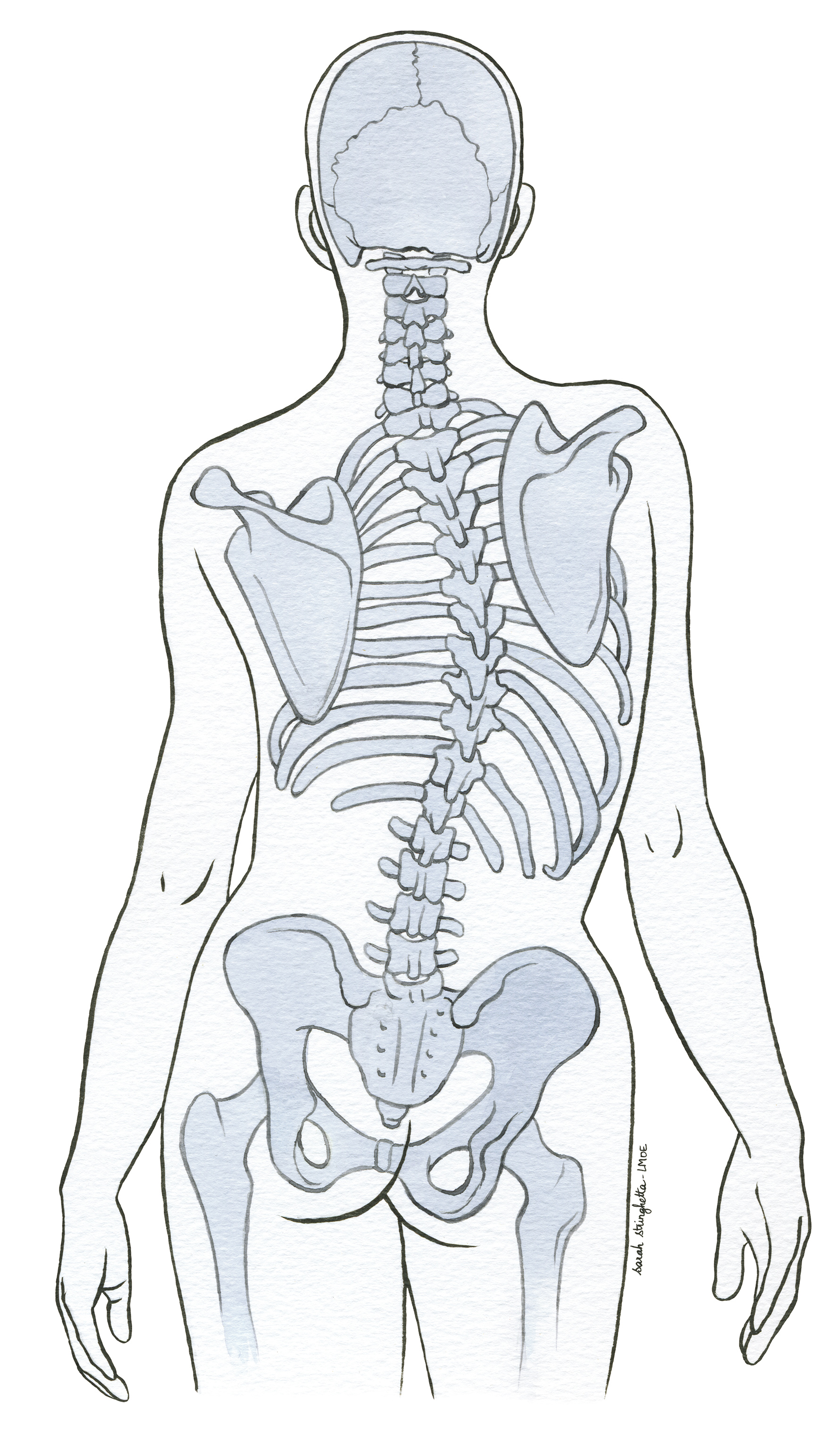When we began applying the Mechanical Link (Lien Mécanique Ostéopathique or LMO)[2] to the spine, the idea was simply to:
replace classical mobility tests with tissue tension tests,
replace vertebral manipulation with the recoil.
This approach, completely new at that time, allowed us to reconsider the way to test and treat the vertebral lesion as it is classically described[3].
In practice, we would proceed with a global test applying pressure to the spinous process to determine which of the vertebrae are in lesion and analytical tests in flexion, extension, rotation, side bending, translation and decompression to determine the parameters of the lesion to be treated[4].
This procedure worked well for years since it allowed us to efficiently correct articular vertebral lesions without the disadvantages or contraindications of structural osteopathy.
Over time, we observed a number of vertebral lesions that were not compatible with the model of articular dysfunctions as classically described.
What is the value of Fryette’s laws when presented with severe facet osteoarthritis, transitional lumbosacral anomalies, anterolisthesis, vertebral fracture, or major scoliosis?
In the case of a vertebral rotation, how can we treat specifically and therefore, differently, the posterior aspect of a vertebra on one side and the anterior aspect on the other?
How to manage vertebral instability?
What to do with an intraosseous lesion such as vertebral torsion[5] or the rigidity of a vertebral line of force?
How to treat a disc lesion in a specific way?
How to manage the spine in the presence of surgical hardware [6]? Etc.
The answer to all these questions was found when we no longer reproduced classical tests but rather began to search with precision for the part of the vertebral segment to which we apply the recoil. We then realized that it is more important to determine the point of blockage (lesion) rather than test the possibilities of movement of the vertebra (dysfunction).
In practice, the blockage of a vertebral segment may be located:
- either on the vertebra (articular or intraosseous lesion),
- or in the intervertebral space inferior to that vertebra (muscular, ligamentous, neural or disc lesion).
[1] We present here the process that took us progressively from a classical biomechanical point of view (articular dysfunction) to a model of tissue lesion affecting an element of the vertebral segment. This is not only a tactical change (the technique) but a change in strategy (the method).
[2] See the article Mechanical Link: Foundations
[3] At this stage, the technical approach changes but the biomechanical model remains the same. We still talk about a vertebra in flexion, extension, rotation, side bending or translation.
[4] Several studies have shown the reliability and reproducibility of LMO tests on vertebrae:
- Reliabilitätsstudie über der Befunderhebung der Wirbelsäule nach der Methode der Lien Mécanique Ostéopathique, Master Thesis zur Erlangung des Grade “Master of Science” in Osteopathie an der Donau Universität Krems – Zentrum für chin. Medizin & Komplementärmedizin. By Claudia Hafen-Bardella, 10.2009. -- Follow-up-Studie über die Reliabilität der Befunderhebung der Wirbelsäule nach der Methode des Mechanical Link. By Laura Kühn, 01.2018
[5] See the article: Skoliose: Neue osteopathische Annäherung Die Lien Mécanique Ostéopathique (LMO) in der Anwendung,Dezember 2020 CO.med (or see blog article: Scoliosis: a new osteopathic approach)
[6] Osteosynthesis, disc prosthesis, laminectomy, etc.






